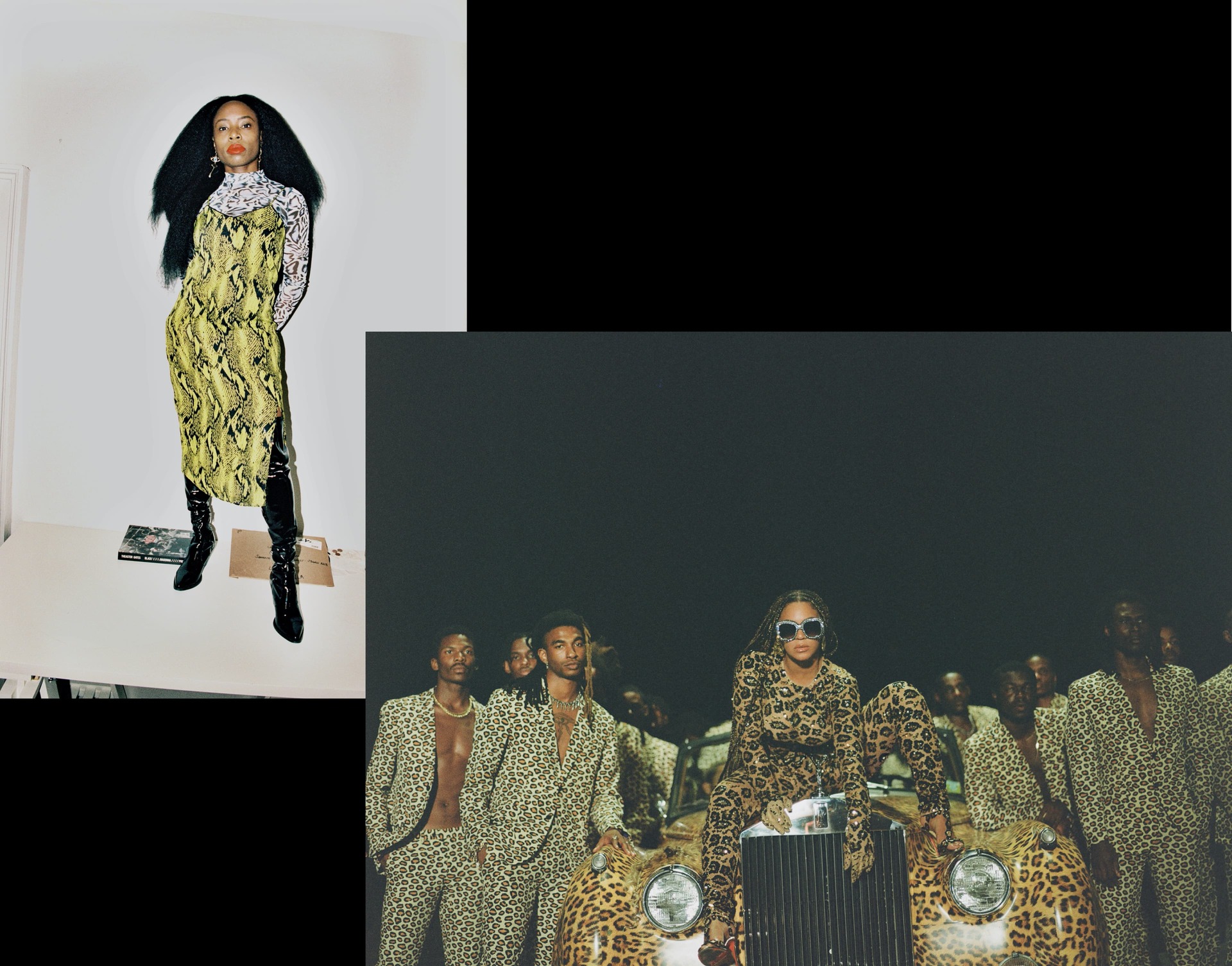In spring 2021, one of the four artists will receive an inaugural commission from Rolls-Royce to create a new moving-image work which will be shown at Fondation Beyeler, in Switzerland. No doubt moving-image works will continue to resonate in the new year and beyond as this medium continues to reflect our precarious present.
A Year In Moving Image
Nobody foresaw that a pandemic would change the way that we engaged with art and give new attention to different art forms. Moving-image works took on a whole new relevance in 2020 as an unprecedented shift to digital ignited creativity in this field and allowed it to reach an audience on a scale like never before. As an extraordinary year draws to a close, we reflect back on the key moments of the last twelve months for this innovative art form.
The shortlist exemplifies the diverse ways that moving-image works can take shape and be used to explore wide-ranging themes including art history, social commentary, nature and urbanism.
The year was kicked off with a project that translated data and machine intelligence into a stunning visual experience. Back in February, Muse commissioned the Turkish-born, Los Angeles-based media artist Refik Anadol to create Art of Perfection: Data Painting, a mesmerising digital tapestry of every Rolls-Royce car paint colour developed at Goodwood in the past decade. This futuristic work enjoyed a public debut at Frieze Los Angeles before going on permanent display at Rolls-Royce’s global headquarters in London.
(Refik Anadol, Art of Perfection: Data Painting, 2019. Commissioned by Muse, the Rolls-Royce Art Programme. Image courtesy of Rolls-Royce Motor Cars.)
But soon the pandemic would spread globally, forcing many of the world’s museums to shutter their doors. Moving-image works took centre stage as the art world migrated online. Our new screen-led existence saw institutions, galleries and collectors striving to find new ways of providing access to art via the digital space. In the wake of the Black Lives Matter protests in June, this spirit of engagement took on a deeply political resonance. 13 art institutions simultaneously live streamed Arthur Jafa’s 2016 film Love is the Message, the Message is Death, a powerful seven-and-a-half-minute examination of African-American identity through the lens of the media.
(Below: Love is the Message, The Message is Death (still), 2016, Video (colour, sound), 7 minutes 25 seconds, Courtesy- The Artist and Gavin Brown's enterprise (New York Rome).
This worldwide screening renewed discussions about how moving-image works could hold a mirror up to issues of race and identity. Then, in August, the art world saw the release of another epic of black representation, this time by the singer Beyoncé. Conceived as a visual album, Black Is King was instantly heralded as a bold video art piece which celebrated the black diaspora and African heritage. The star worked with a number of black artists to create the 85-minute film, including artist, filmmaker and long-time collaborator Jenn Nkiru. The Nigerian-British director, known for creating surreal films which explore identities and subcultures, was specifically enlisted to direct the album’s “Brown Skin Girl” video, a majestic film imagining a black debutante ball shot in the director’s hometown of Peckham.
"Conceived as a visual album, Black Is King was instantly heralded as a bold video art piece which celebrated the black diaspora and African heritage."

(Left: Jenn Nkiru, Rosaline Shahnavaz © 2019; Right: Black is King, Travis Matthews © 2020 Parkwood Entertainment)
August was also the month that museums were able to leap back into life. Much-awaited media art exhibitions which had been postponed earlier in the year were finally opened to an eager public. Among these was the first major UK exhibition of Chinese multi-media artist Cao Fei at the Serpentine, supported by Muse, the Rolls-Royce art programme, and Tate Modern’s Steve McQueen blockbuster. The Tate exhibition brought together 14 major works by the award-winning filmmaker and Turner Prize winner to recap his 25 years as an artist. The retrospective foregrounded how central the moving image has been to McQueen’s practice and his on-going commitment to creating poignant portraits of communities and histories.
(Cao Fei, Blueprints Trailer courtesy the Serpentine Galleries)
October then saw the moving image expanding into quirkier realms with the first UK exhibition of young American artist Trulee Hall at the Zabludowicz Collection. Hall turned the former Methodist chapel into a fun house of “erotic grotesque”, staging elaborate installations combining sculpture, painting, video and opera. Visitors were invited to step into these bizarre environments and become drawn into a fantastical narrative which blurred the boundaries of real and fake, gender and sexuality.
October also saw the announcement of the shortlist of the Dream Commission, Muse’s flagship initiative which supports emerging artists working in the field of moving image. After a lengthy selection process by a jury of leading art world figures, Sondra Perry, Beatriz Santiago Muñoz, Martine Syms, and Zhou Tao were named as the selected artists, all of whom have created a moving-image work around the concept of dreams. As well as representing an international scope of artists, the shortlist exemplifies the diverse ways that moving-image works can take shape and be used to explore wide-ranging themes including art history, social commentary, nature and urbanism.
SIGN UP NOW











